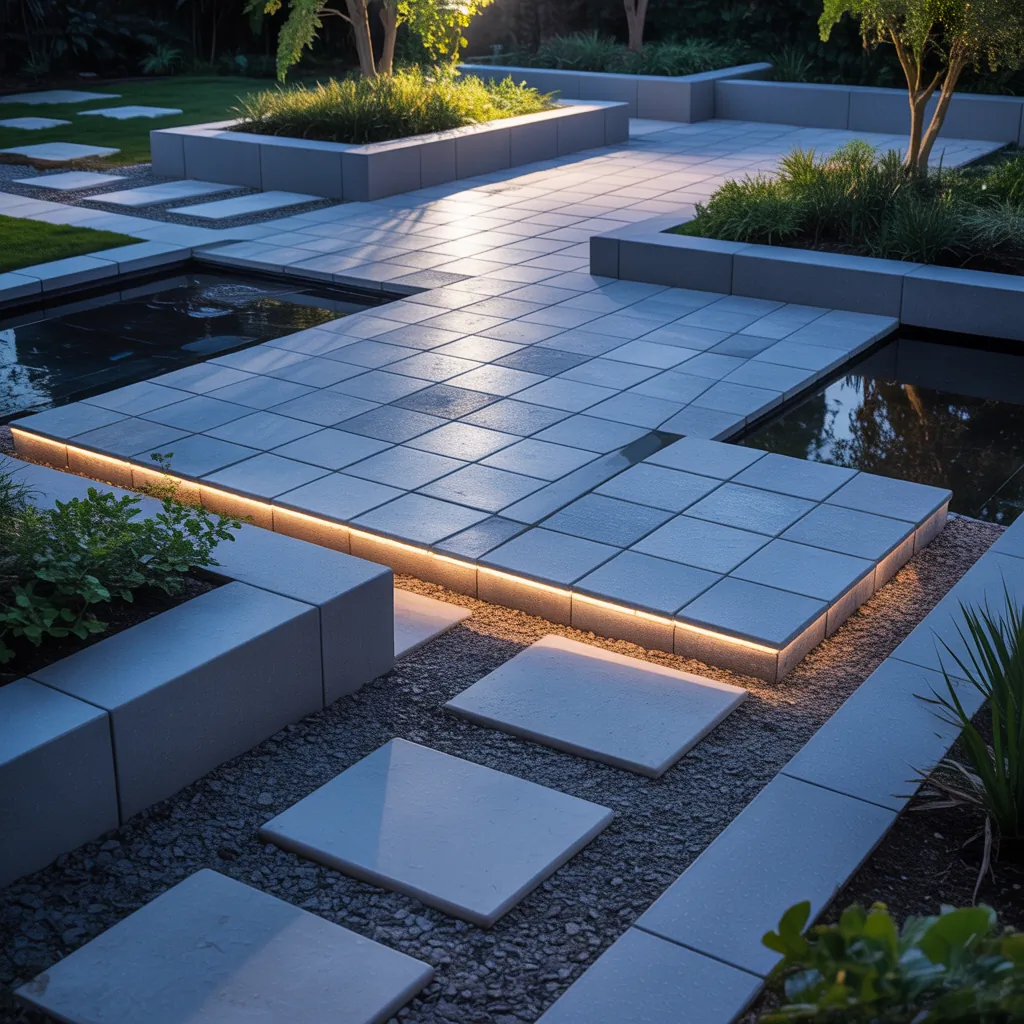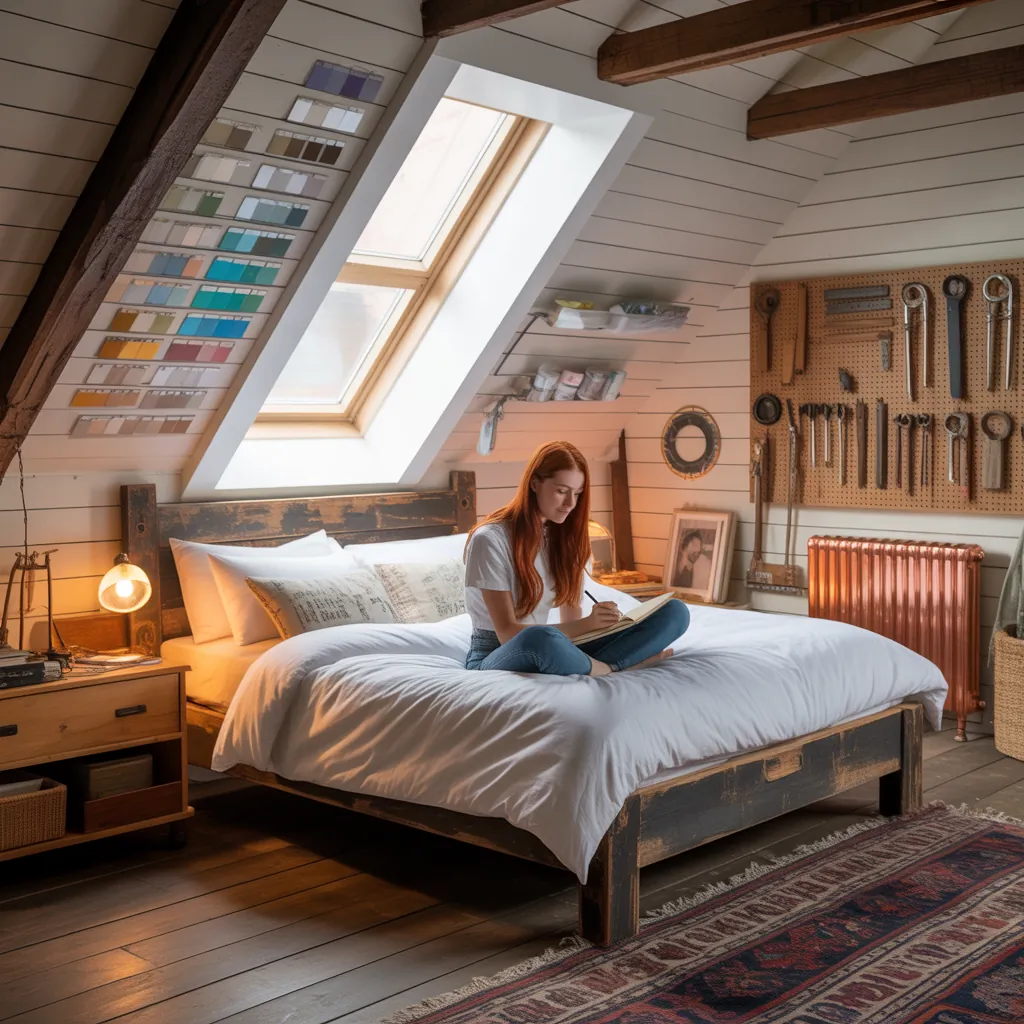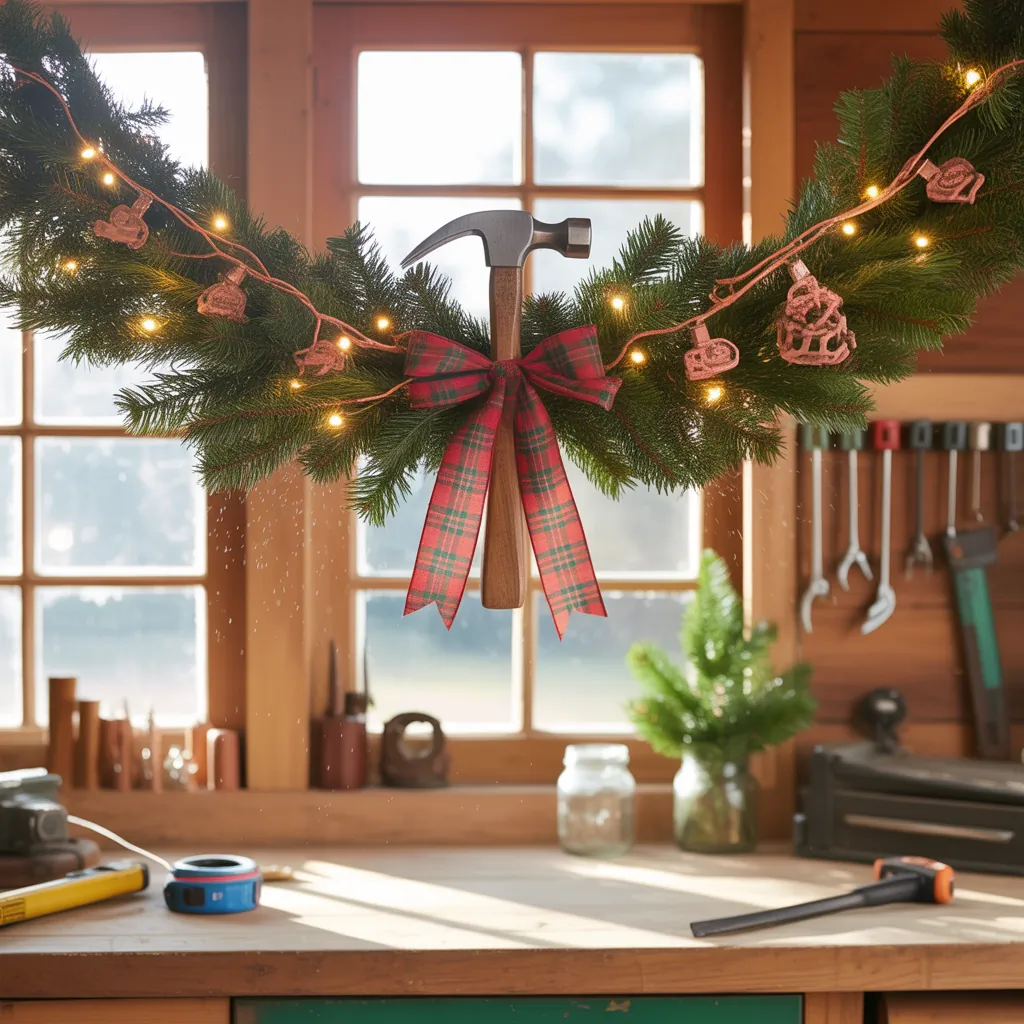Ever stood on your back porch with a cold drink, dreaming your plain lawn could become a weekend oasis — but felt stuck because you don’t know where to start? You’re not alone. Between mowing, kids’ toys, and budget limits, creating a beautiful outdoor living area feels out of reach. The good news: smart, low-cost ideas hardscape can give your yard structure, style, and function without needing a crew of pros.
Why hardscaping matters: Practical benefits of outdoor structure
Hardscaping — patios, walkways, retaining walls, and driveways — provides the backbone of any landscape. Unlike plants, these elements are long-lasting, low-maintenance, and define usable space for entertaining, gardening, or quiet retreats. Well-planned hardscape improves drainage, reduces erosion, and increases property value while creating clear zones for activity.
Hardscape ideas to transform your yard
Below are ten inspiring and practical hardscaping ideas, with step-by-step DIY tips and design notes so you can choose projects that match your style and skill level.
1. Compact paver patio — classic and approachable
Why it works: Pavers give a clean, finished surface for dining and lounging. They’re modular, so future repairs or additions are easy.
- Materials: concrete or clay pavers, sand, landscape fabric, edging, compacted gravel base.
- DIY steps: mark area → excavate 6–8 inches → compact gravel → add sand bedding → lay pavers in pattern → vibrate and sweep joint sand.
- Tip: choose a herringbone pattern for driveways (strength) or running bond for patios.
2. Gravel pathways — budget-friendly and permeable
Gravel paths are great for cottages, xeriscapes, and informal gardens. Use landscape fabric to suppress weeds and steel edging for crisp lines.
3. Natural stone stepping stones — rustic charm
Set irregular flagstones in sand or gravel for a natural look. Plant low groundcovers like thyme between stones to soften edges.
4. Raised stone planters and low retaining walls
These add vertical interest, improve soil control on slopes, and create planting pockets. Dry-stack stone is a good DIY option; for taller walls, incorporate rebar and gravel-filled cores.
5. Fire pit with seating — gather around warmth
Build a simple circular fire pit using concrete block or natural stone. Lay a gravel base, secure blocks with construction adhesive, and add built-in seating with lumber or compacted gravel benches.
6. Driveway upgrade with permeable pavers
Permeable pavers reduce runoff and look attractive. They require a layered base and interlocking system — plan for proper slope and drainage.
7. Decorative retaining walls for terraced gardens
Terracing converts slopes into usable beds. Use modular block systems for easier installation, and include drainage pipe behind the wall to prevent pressure buildup.
8. Outdoor kitchen hardscape — built-in grilling and counters
Even a small countertop and built-in grill change how you use your yard. Use weatherproof materials like bluestone or concrete counters and create a durable base with CMU blocks or pavers.
9. Water-wise hardscape: gravel gardens and dry stream beds
In drought-prone areas, replace turf with gravel, stepping stones, and drought-tolerant plants. Dry creek beds direct stormwater and add visual interest.
10. Multi-level decks and composite platforms
Combine wood or composite decking with paver transitions for layered outdoor living. Build small platforms to define dining areas or sun decks.
Design inspiration and layout tips
Think of your yard like a room plan. Create zones (dining, cooking, play, planting) and link them with cohesive materials. Use repetition — a consistent stone color or paver pattern — to tie spaces together. For small yards, diagonal paver layouts or narrow stepped paths make the area feel larger.
Practical DIY tips and tools checklist
Before starting any hardscape work, follow this checklist to avoid common mistakes:
- Call utility services to mark underground lines.
- Measure twice: create a scaled layout sketch and calculate materials with 5–10% waste.
- Invest in a few pro tools: plate compactor rental, level, masonry saw (or wet saw rental), and a reliable wheelbarrow.
- Mind drainage: slope surfaces at least 1/8″ per foot away from structures.
- Start small: a 10×10 ft patio or a single curved path is a manageable first project.
Maintenance and long-term care
Hardscape is lower-maintenance than planting beds but still needs attention. Sweep pavers yearly, refill joint sand as needed, reseal stone every 3–5 years for protection, and inspect retaining walls for settlement. For winter climates, use de-icing products safe for your material to prevent surface damage.
Budgeting and materials — realistic cost guide
Costs vary by material and region. Expect a small DIY paver patio to run from a few hundred to a couple thousand dollars in materials. Natural stone and professional installs increase costs. Save by doing demolition and base prep yourself, or mixing high-end accents with budget-friendly fieldstone.
Frequently Asked Questions
Q: How do I choose the right hardscape material for my yard?
A: Consider function (foot traffic, vehicles), style (modern vs. rustic), climate (freeze-thaw cycles), and maintenance. Concrete pavers are versatile and affordable; natural stone is durable and upscale; gravel is low-cost and permeable.
Q: Can I install a patio myself, or should I hire a pro?
A: Small patios and paths are achievable for DIYers with careful planning. If the project involves complicated grading, drainage, or retaining walls over 3 feet, hire a professional to ensure safety and code compliance.
Q: What are low-maintenance hardscape ideas for busy homeowners?
A: Opt for durable materials like pavers or sealed concrete, minimize turf, add gravel beds, and choose native, drought-resistant plants. Built-in seating and simple lighting systems reduce upkeep while maximizing usability.
Conclusion — start with one smart idea hardscape
Transforming your yard doesn’t require a full remodel. Pick one practical idea hardscape — a small patio, a gravel path, or a fire pit — and build momentum. With thoughtful planning, a few tools, and a weekend (or two), you can create functional outdoor living spaces that suit your lifestyle and budget. Ready to take the next step? Explore related projects on our DIY projects and home design ideas pages for more step-by-step inspiration, or check seasonal tips in kitchen upgrades if you’re rethinking indoor-outdoor flow.
Now grab your tape measure and a sketchbook — your best outdoor room starts with a single line on paper.



